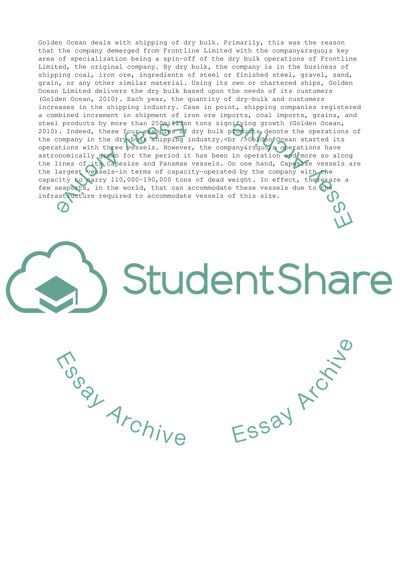Cite this document
(“Golden Ocean Group Limted Essay Example | Topics and Well Written Essays - 2750 words”, n.d.)
Retrieved from https://studentshare.org/business/1605153-essay-article-about-golden-ocean-group-limted
Retrieved from https://studentshare.org/business/1605153-essay-article-about-golden-ocean-group-limted
(Golden Ocean Group Limted Essay Example | Topics and Well Written Essays - 2750 Words)
https://studentshare.org/business/1605153-essay-article-about-golden-ocean-group-limted.
https://studentshare.org/business/1605153-essay-article-about-golden-ocean-group-limted.
“Golden Ocean Group Limted Essay Example | Topics and Well Written Essays - 2750 Words”, n.d. https://studentshare.org/business/1605153-essay-article-about-golden-ocean-group-limted.


